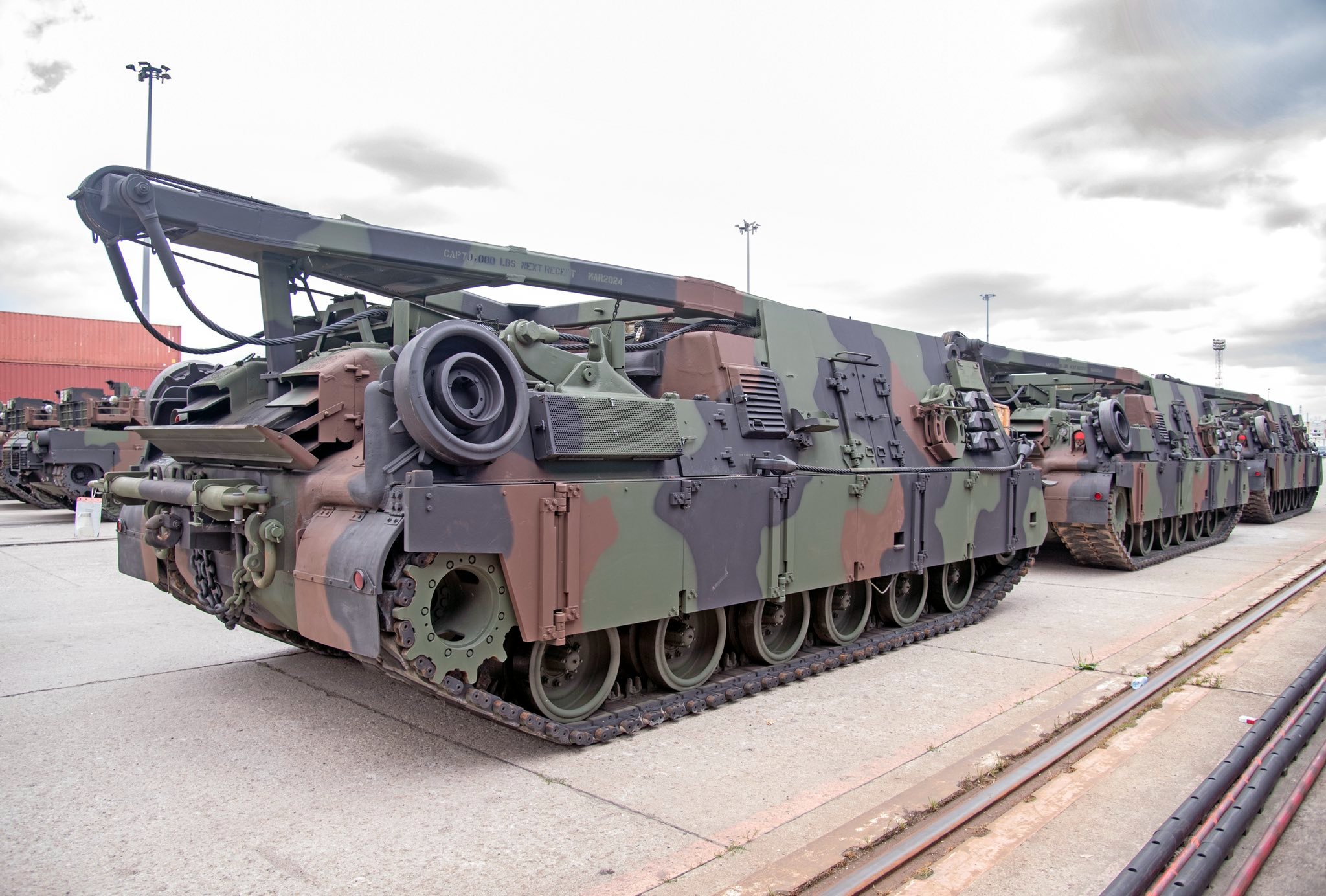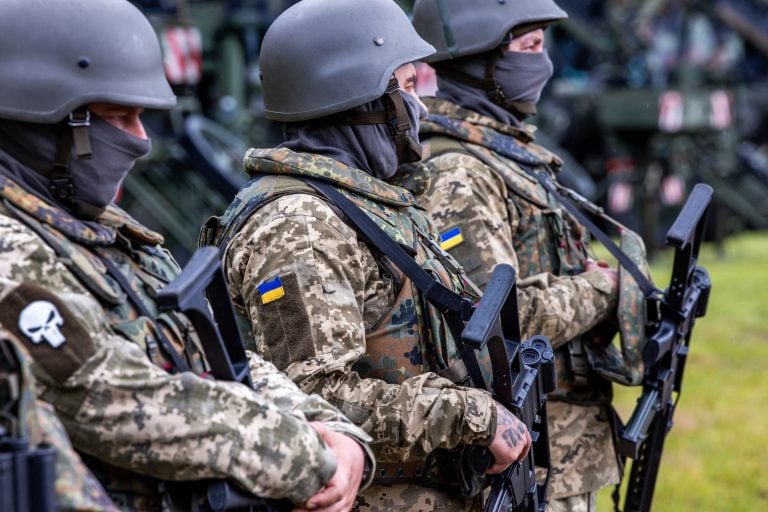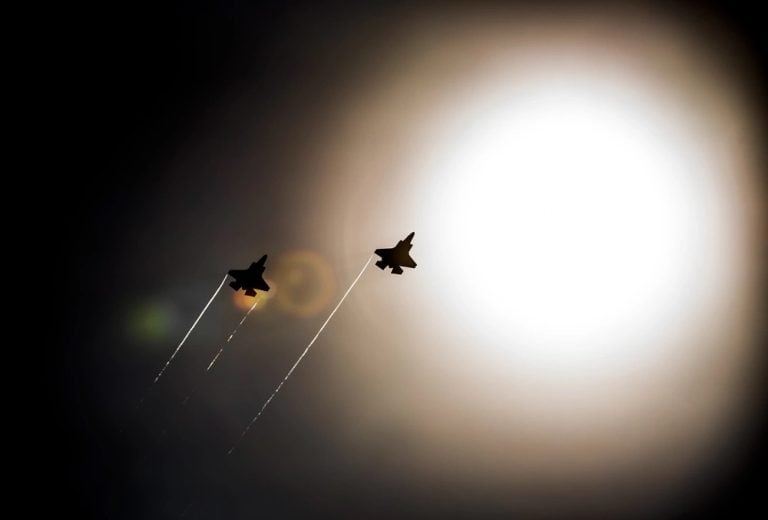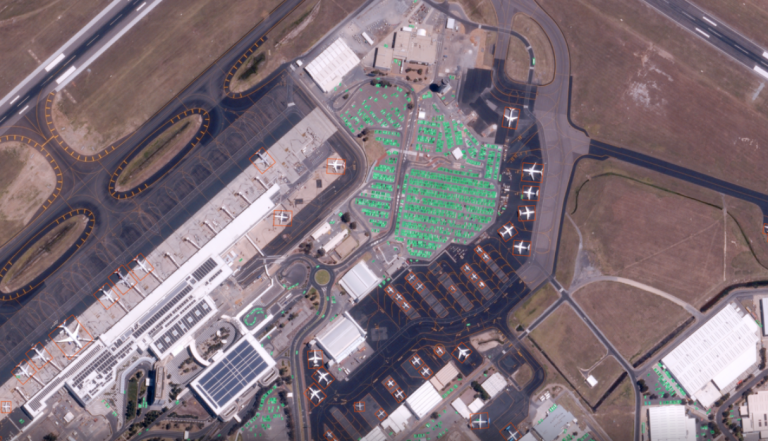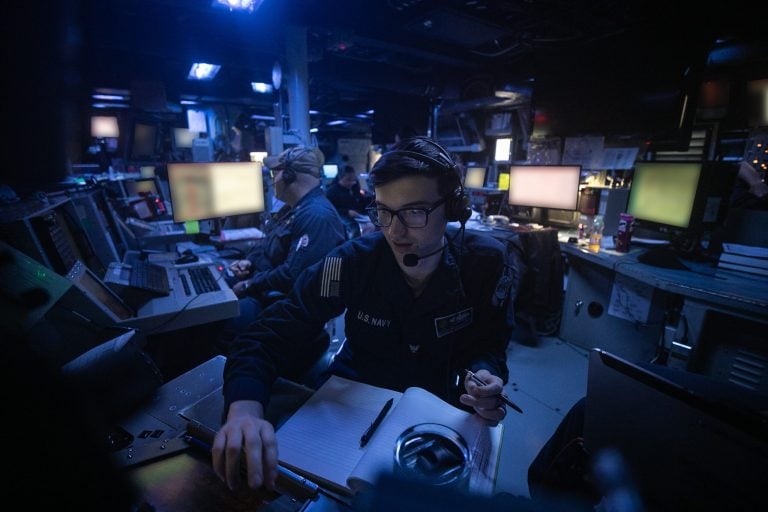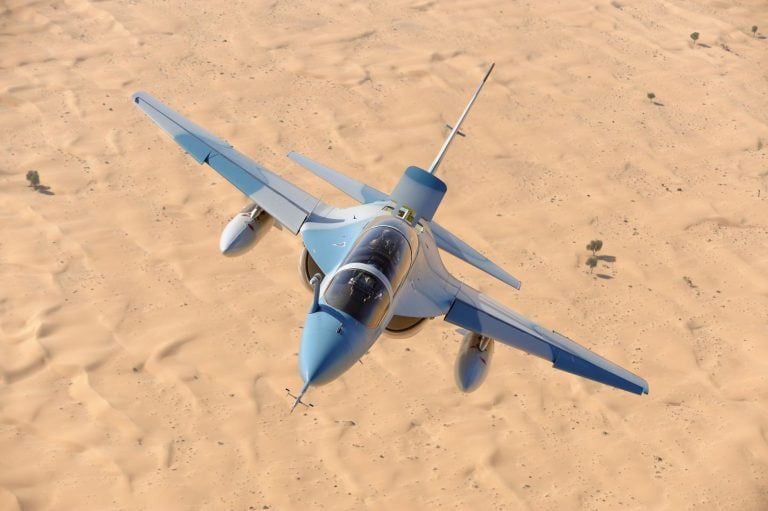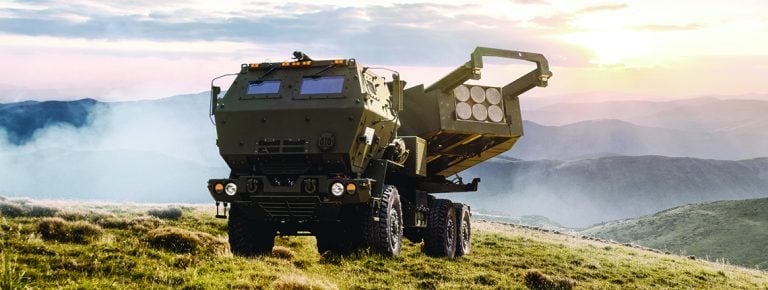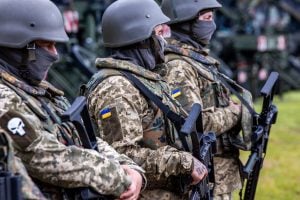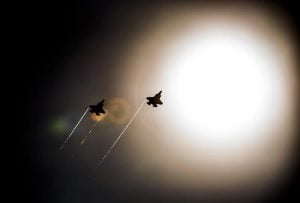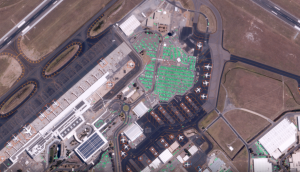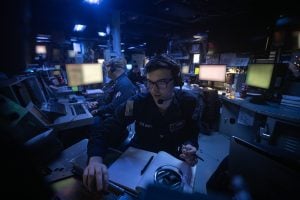In a significant move to bolster Poland’s defense capabilities, BAE Systems has forged a partnership with PGZ Capital Group. This collaboration focuses on enhancing the operational support for the Polish Armed Forces through the maintenance of the new M88A2 Heavy Equipment Recovery Combat Utility Lifting Extraction System (HERCULES) vehicles. The agreement specifically engages PGZ’s subsidiary, Wojskowe Zakłady Motoryzacyjne, leveraging BAE Systems’ intellectual property for the sustainability and repair of the M88A2 fleet.
The project aims to reinforce Warsaw’s ability to conduct recovery and repair operations directly on the battlefield, a crucial factor in maintaining military readiness. Dean Medland, VP of Sustainment & International Programs at BAE Systems, emphasized the significance of this partnership, stating, “This relationship enables the timely sustainment of critical recovery vehicles, supporting the Polish government’s efforts to strengthen its defense industrial base and promote local economies.” He further remarked on the importance of collaborating with local industries in allied nations, highlighting this partnership as a model for establishing a more responsive regional support network alongside the existing manufacturing base in the United States.
This agreement builds upon BAE’s previous contract signed in 2022, which involved the supply of M88 vehicles and related combat vehicles to the Polish army. The M88 fleet, estimated to include around 26 units, will serve as a complement to Poland’s ongoing acquisition of Abrams main battle tanks from the United States.
As part of Poland’s military expansion plans, the country aims to field 250 Abrams tanks in the latest M1A2 configuration by 2026, in addition to approximately 116 refurbished M1A1 variants.
The M88A2 HERCULES itself boasts impressive specifications, measuring 9 meters (30 feet) in length and weighing 63,500 kilograms (139,993 pounds). It is designed for battlefield versatility, featuring an overlay armor, ballistic skirts, and protections against nuclear, biological, and chemical threats. The recovery capabilities include a robust 35-ton (70,000-pound) boom and a primary winch capable of a constant pull of 70 tons (140,000 pounds), equipped with an 85-meter (280-foot) cable. For increased operational functionality, it also has an auxiliary winch rated at 3 tons (6,000 pounds).
Powered by a formidable 1,050 horsepower engine, the HERCULES can accommodate up to seven personnel, offering a range of 480 kilometers (298 miles) and achieving a top speed of 50 kilometers (31 miles) per hour. This technological edge marks a critical advancement in the Polish military’s capacity for on-ground recovery and repair, reinforcing their strategic operations.
